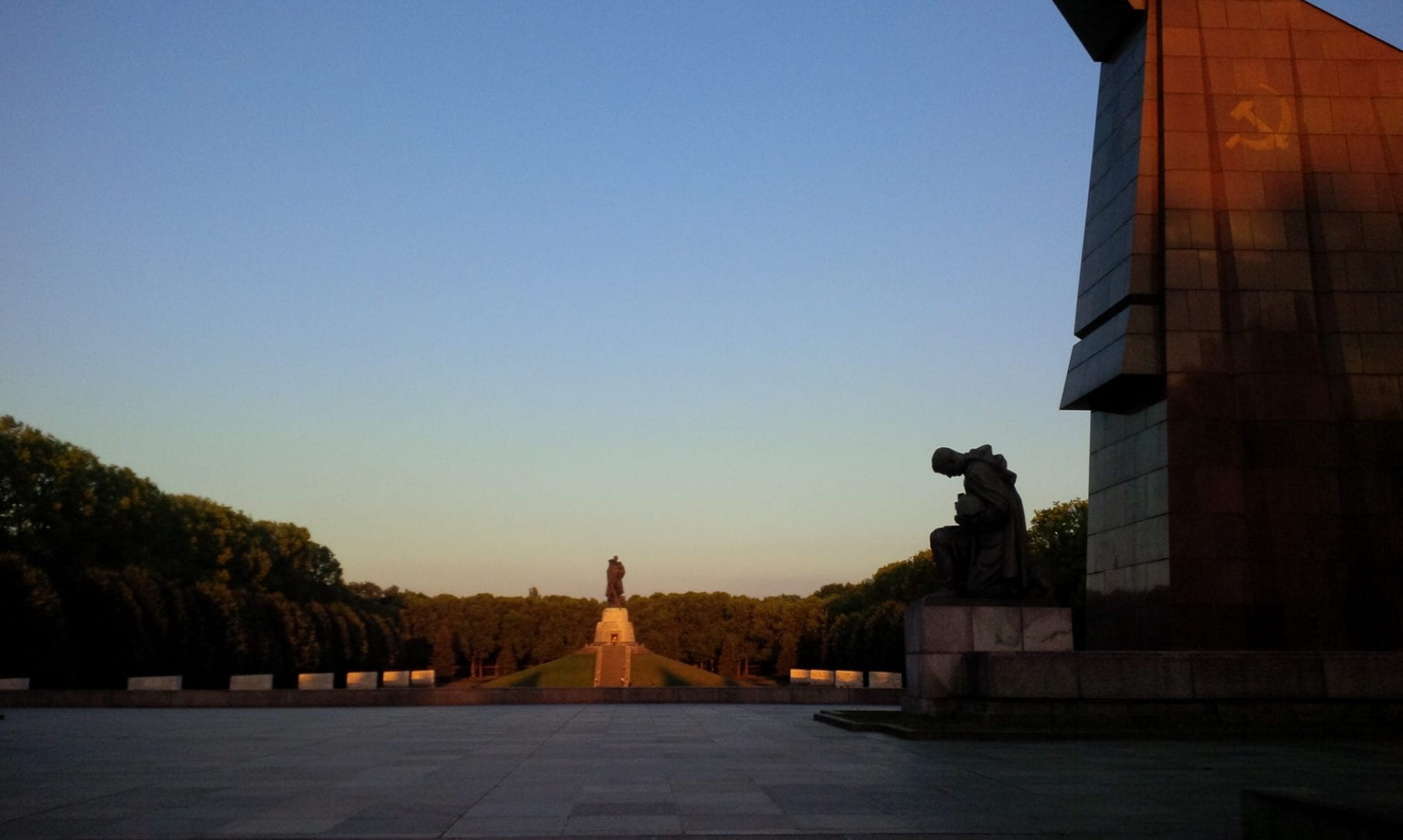Courtney Bender started off the conference by reading the grandeur of the secular imagination in mid-century New York “steel cathedrals of commerce” and the pluralistic “Democracity” built at one World’s Fair. She displayed images of vast towers piercing through clouds, penetrating a dimension just beyond human reach. Alongside these cold, overarching towers are what some might call quaint cathedrals of eras—and religions—past. These visual planes of meeting and points of collision between old and new magnify the modern age of the “technologically sublime.” Looking at the archival images felt like peering into an architect’s dreams: the land is abstracted into geometry and the people who might occupy these buildings are out of view. Strikingly, the photographs and building plans share a point-of-view from above. I wondered, “whose point of view is this?” What kind of divine is portrayed as the viewer here? These towers are so clearly statements of the modern and the secular, yet they are built toward a God in the skies above. I was left reconsidering what physical symbols around me arise from the same hubris of absolute, overshadowing secular imagination today. And what is discarded or forgotten in this perpetual “renewal?”
The next day, a panel on bodies considered the human body as the site of planners’ imaginations. Instead of omitted bodies in favor of hard, engineered material—as we saw in the architects’ plans—here we saw how planners conceive of bodies as sites of moral negotiation in modern secular societies. Jolyon Thomas revealed how politicians and teachers in Japan hope to correct the deficiencies of young minds by regulating and discipling young girls’ bodies—specifically, making sure their hair is jet black. Thomas suggested that biopolitics has become an important point of moral control in secular spaces, and bodies have become shaded with public duties. Both he and co-panelist Heather Jaber showed how anxieties about righteous conduct persist in secular societies, and secularity may even be, in Jaber’s words, the “problem space” where we live out our moral anxieties. Ann Pellegrini deepened our understanding of the personal malleability of our bodies against biopolitical control. As we observed performance artist Kris Greg reenacting a version of their memory of a top surgery, Pelligrini asked us to consider how repetition can be traumatic or transformative (or both). What kind of repetitions shape our own bodies and what public repetitions can we perform to overcome socially inflicted trauma?
Kate Dildy is an undergraduate in the College of Arts and Sciences at Penn.
